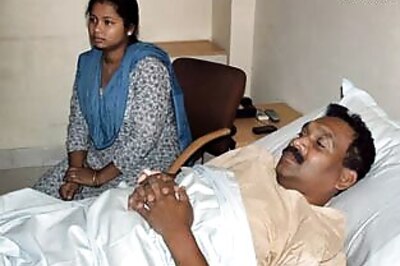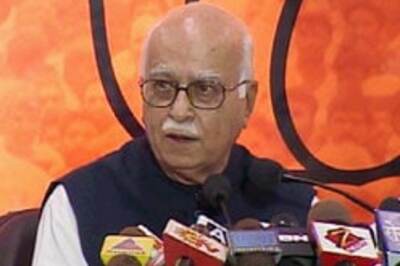
views
In a significant move aimed at revolutionising internet connectivity in rural India, the union cabinet gave the green light to a massive broadband plan. This ambitious project, costing Rs 1,39,579 crore under the BharatNet initiative, seeks to bring high-speed internet to 6.4 lakh villages across India.
Ministry officials confirmed the approval of the plan, marking a milestone in the Narendra Modi-led central government’s commitment to digital empowerment. The BharatNet project has already covered 1.94 lakh villages under gram panchayats with broadband connections with 5.79 lakh km of optical fibre laid out. To ensure flawless connectivity, the Centre has adopted the ring topological method, which aims to eliminate any potential errors in network connectivity.
The government has set an approximately two-year deadline for this vast undertaking, whose main focus is to provide reliable broadband services to all. After extensive research and development, a highly efficient model was formulated and gained the approval from the union cabinet. The model serves as a blueprint to extend broadband services to every household and maintain a robust network infrastructure.
With this approval, the government is now gearing up to implement the model at a national scale. A year ago, the government started a pilot project using the model in four districts to explore ways of extending fibre connections to individual households.
The pilot was a success and the responsibility of distributing connections and managing the operation was entrusted to Udyamies, who are being trained for the maintenance of fibre cable and installation in households by BSNL. This resulted in a data consumption rate of 120 GB per month in these households and, later, the government expanded the pilot to cover 60,000 villages.
The pilot project also introduced flexible broadband packages, ranging from the affordable Rs 399 package to the higher-tier Rs 799 package. Separately, during the pilot, it was ensured that in the event of a disconnection in the optical fibre cable, the network operation centre will receive an immediate alert so that it can promptly identify the location of the issue.
The impact of the pilot project was significant, with 5.67 lakh active households successfully receiving BharatNet connections. Notably, the connections provided through Udyamies accounted for 3.5 lakh, encompassing both households and institutions.
According to officials at the ministry of communication, this landmark decision by the union cabinet signifies the government’s efforts to bridge the digital divide and uplift rural India through improved broadband connectivity.


















Comments
0 comment